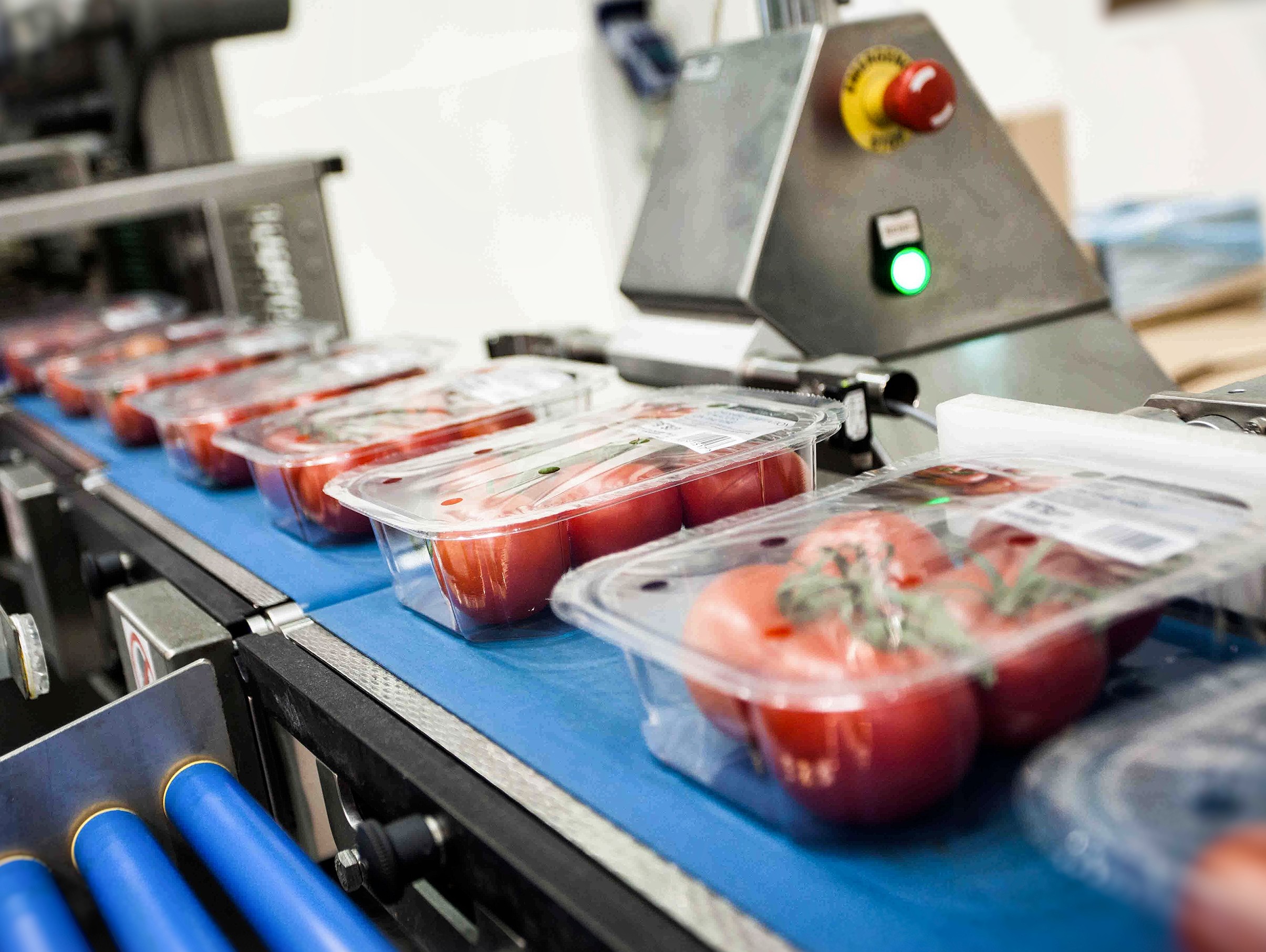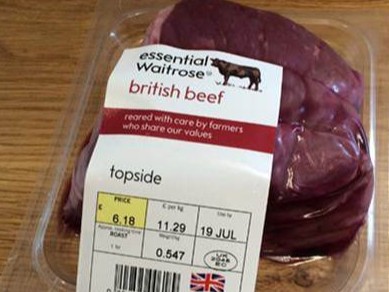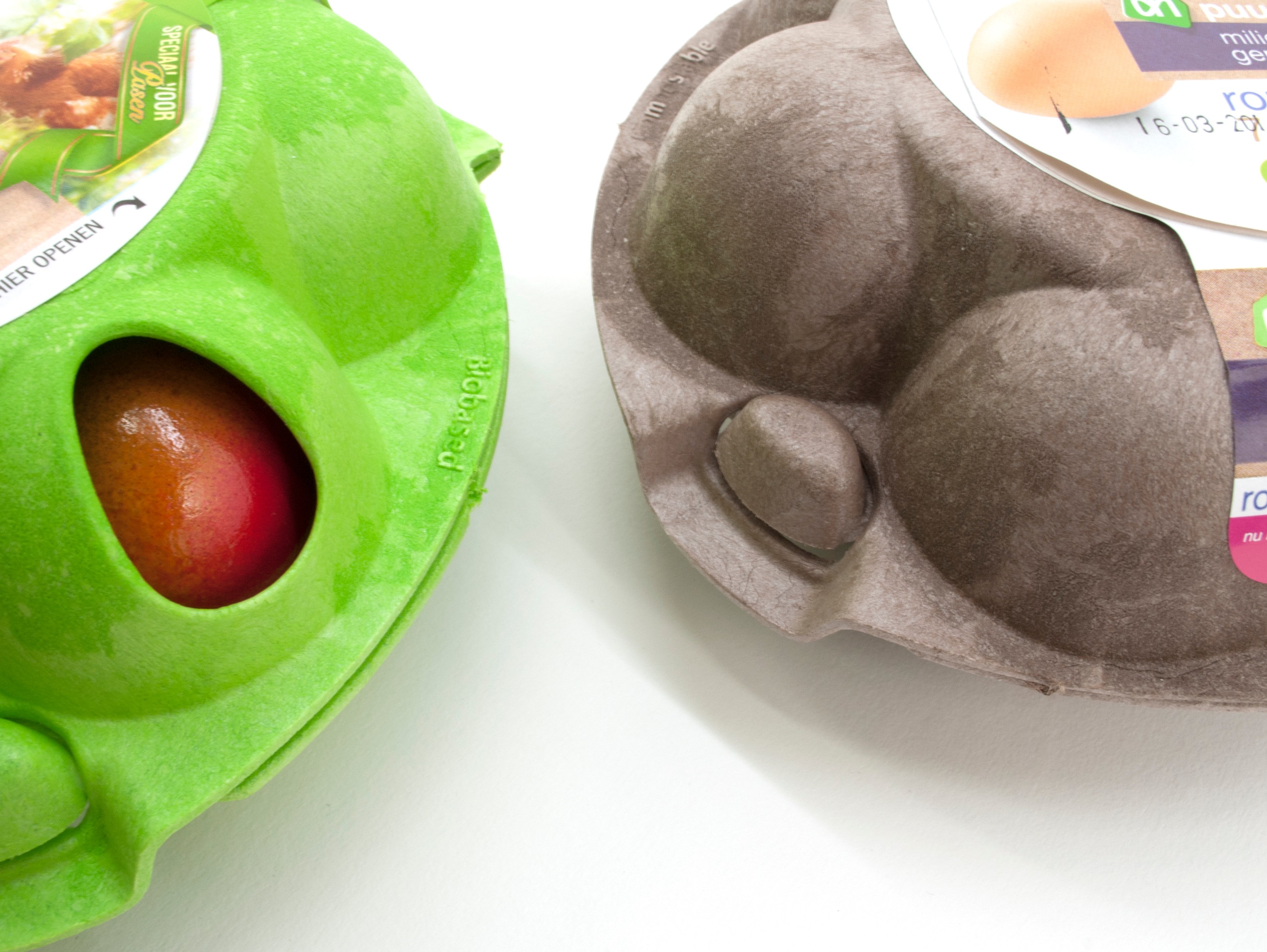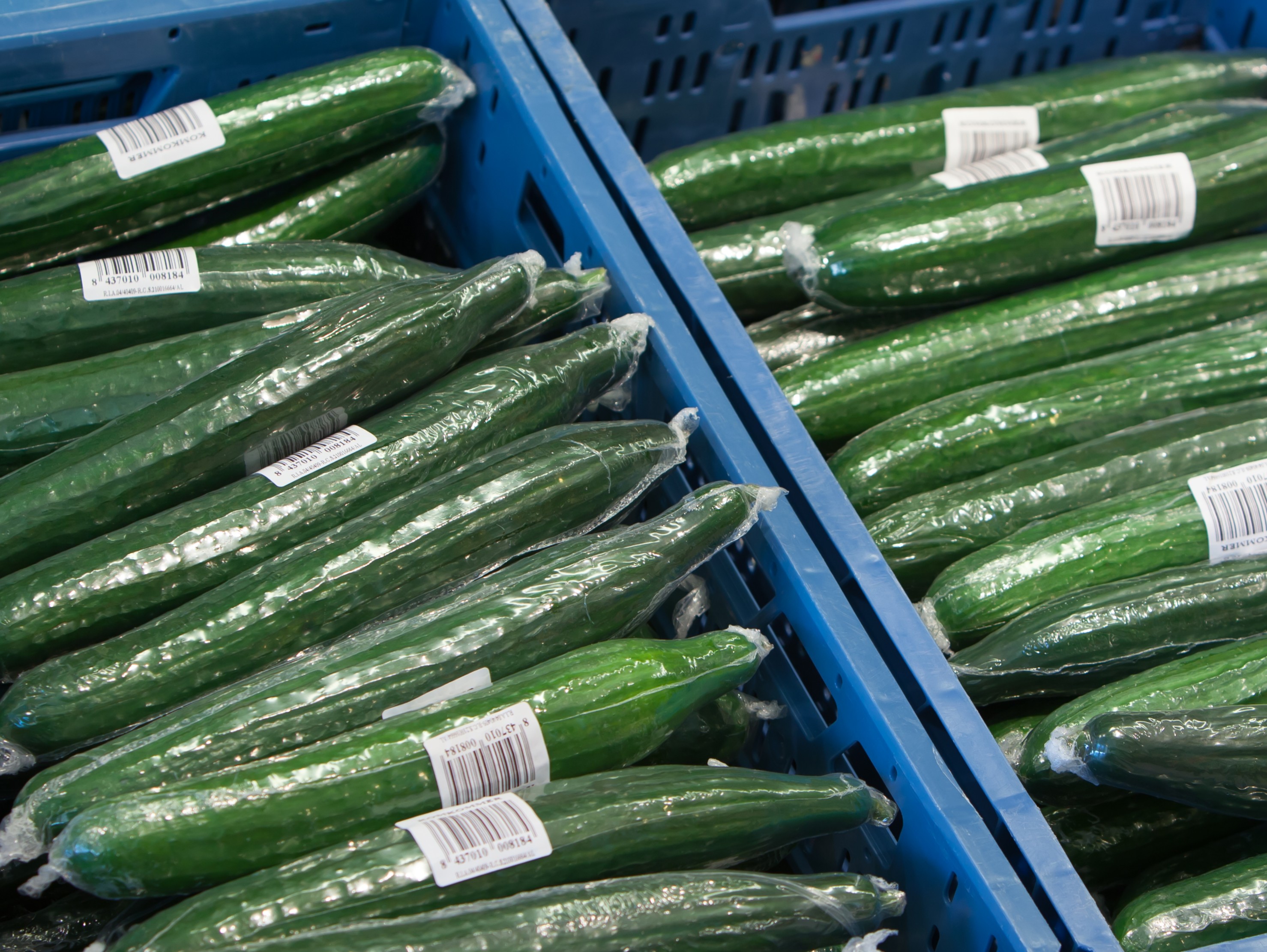
Small packaging machines and small packaging volumes are the key trends of today. Extending the shelf life has been a hot topic for years, which is why fresh products are increasingly packaged in skin film or micro-perforated film.
“The rise of regional products is an important trend for us,” says Marcel van den Berge, Marketing Manager at Multivac. “The continuing growth of multinationals is being countered by the emergence of ever-more small-scale companies producing meats, cheeses, fish products and suchlike in a traditional manner. They often supply only to specialist stores rather than to supermarkets. Therefore, in recent years, we’ve increasingly been supplying more compact machines which are flexible and easy to use. Even the multinationals are more frequently choosing a smaller packaging machine which can be placed next to the larger ones. This enables them to explore the market, starting with small batches and then scaling up production if they are a success.”
‘The gain in shelf life is sometimes outweighed by the extra costs’
A second key trend is skin packaging. “In terms of trends, the UK is often ahead of The Netherlands and the rest of Europe,” states Pierre Hagenaars, owner of Het Packhuys. “In that market, meat and fish products are increasingly being sold in skin packaging, and I expect the trend to spread to Europe soon. The products are vacuum-packed which gives them a longer shelf life, and a skin pack allows a steak to continue to mature.” Van den Berge acknowledges that trend. “A skin pack ensures attractive presentation and as an added benefit it helps to prevent moisture loss from the product. Furthermore our films are more flexible nowadays, which enables the film to be stretched over the product more effectively without any bumps or folds. Hence, we are also able to pack higher-end products.”
Mark Geerts, CEO of PaperFoam (one of the three nominees for the Food Valley Award 2015) regards standing out on the shelf as an important trend. The company supplies biodegradable foam-based packaging materials with a small carbon footprint. The packaging is available in all shapes, sizes and colours. “We supply PaperFoam egg boxes for example. It’s a completely different material from plastic or cardboard, which helps the product to get noticed.” Geerts expects the demand for this type of packaging to increase as a result of the growth in online shopping. “Our packaging materials are shock-resistant and can be moulded into any desired shape. Manufacturers can build compartments into the packaging so that the relevant components remain in place, even when shipped by post.”
“Sustainability is a significant trend,” continues Geerts. “But the barrier properties of PaperFoam are less effective. Therefore, in the case of food products, we often laminate the packaging materials with a thin layer of plastic to create a good barrier. Needless to say, we also laminate using compostable plastics.”

Other manufacturers agree that sustainability is an important trend, but the problem with biodegradable materials is that they do not offer good protection against moisture and oxygen. Hence, they are less suitable for use as packaging for foodstuffs. “Biodegradable packaging is used to some extent,” says Hagenaars. “For example, EkoPlaza uses moulded pulp trays as the packaging for daily-fresh meals, but that’s the exception rather than the rule.” The solution can lie in a combination. “Manufacturers sometimes opt for a sustainable tray, made of cardboard for example, lined with a loose film,” explains Jan Wessemius, Product Manager Specialities at Oerlemans Plastics. “Consumers are increasingly aware of the importance of recycling. This combination enables them to separate the plastic and the cardboard after use.”
‘Food waste is a bigger problem than the use of plastic’
Wessemius states that the view of sustainability is changing. “Plastic used to be seen as the main culprit, but nowadays we’re producing thinner films yet with the same barrier properties so less material is used per pack. Furthermore, a lot of plastic packaging can be recycled.” Wessemius sees the focus shifting towards the prevention of food waste. “Food waste is a bigger problem than the use of plastic. A film wrapping extends the shelf life of a cucumber by at least six days, for example. That means a reduction in the amount that is thrown away. Much more energy is used in growing a cucumber than in producing the plastic.” Wessemius continues by saying that Dutch consumers throw away approximately 20% of their loaves of bread. “Throwing away a single slice of bread has the same environmental impact as the plastic bags used to wrap four whole loaves. However, research has revealed that people throw away only 10% of quarter loaves, so it seems to make sense to package food in smaller portions. The same holds true for coffee cream, which used to only be available in bottles. The cream that’s packaged in single-serving cups is hardly ever thrown away.”

Food waste is a particularly important topic in terms of fresh produce, which is why fruit and vegetables are increasingly packaged in micro-perforated film to achieve a longer shelf life. “This is not a new technique,” says Hagenaars. “But we are seeing it used more frequently. Only recently we delivered six soft-fruit packaging machines using micro-perforated film, whereas soft fruit was previously always packed in tubs with lids.” The key characteristic of fresh produce is that it ‘breathes’ – it takes in oxygen and it emits CO2. The micro-perforations in the film ensure that the product is exposed to minimal fresh air, thus creating an atmosphere inside the packaging which is low in oxygen and high in CO2. In effect this puts the products ‘to sleep’, and hence keeps them fresher for longer. “Certain types of products breathe more than others,” says Ivo Hendriks, Commercial Drector at PerfoTec. “It depends on the variety, the country of origin and even the season. We use a machine to evaluate how much a product breathes all year round, which enables us to determine the exact size of the perforations to create the optimum atmosphere inside the packaging. This fine-tuning results in an even longer shelf life.”
Various micro-perforated films are available on the market, or the film can be perforated during the production process using either a laser technique (such as by PerfoTec) or needles of various diameters (such as by Multivac). Van den Berge says that processors can go a step further by replacing the air inside their packaging with a mixture of gases. “That way, you create the ideal modified atmosphere for your products. The micro-perforations merely have to protect and maintain that atmosphere. Tests have shown that this extends a product’s shelf life by one or two days. However, for most producers the gain in shelf life is outweighed by the extra costs, which is why this method is not widely used.”

However, modified atmosphere packaging is used for many other types of products, and Hagenaars (from Het Packhuys) sees a trend emerging. “A growing number of the higher-end butchers and fishmongers are opting for packaging around their food items, and sometimes also including a gas composition. For them the main reason isn’t shelf life, but rather preservation of the colour and freshness.” Marcel de Grootte, Sales Manager at Westfalen Gassen Nederland, says that the ideal gas composition must be carefully calculated for each product. “Among processors we’ve noticed a trend towards adding a growing number of ingredients to their products, such as onions, bell peppers and hot peppers. The shelf life is always affected by the product, the gas and the permeability of the packaging material. We go in search of the ideal balance, for which we collaborate with University College Ghent. We always use the same gases, but the percentages within the overall composition vary and are generally tailored to the specific situation. A change of just one percent in oxygen can make all the difference. Sometimes there’s no other option but to adjust the product formulation; removing certain ingredient combinations, such as peppers or olives, can result in a longer shelf life for the product as a whole.”
Source: Het Packhuys, Multivac, PaperFoam, Oerlemans Plastics